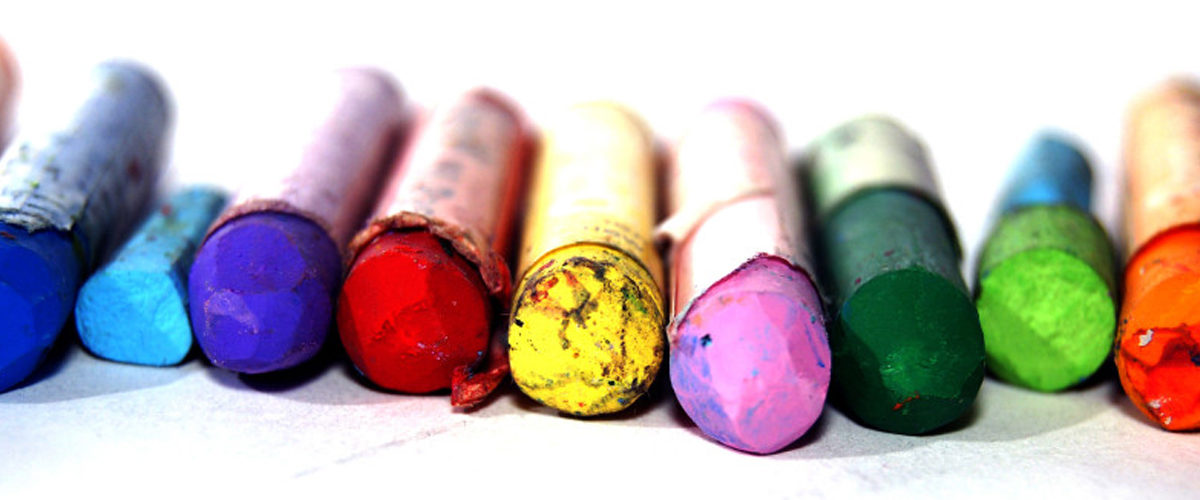
It’s one thing to show a few slides with some bullet points, pictures and graphs; it’s another to give a presentation. Weird, right? That kinda’ sounds like the same thing… wrong.
Presentations are meant to inform, engage, and inspire audiences- the former does none of these things. With that, I’ll amend my original statement to this: It’s one thing to show a few slides with some bullet points, pictures and graphs, but it’s another to give a VALUABLE presentation.Valuable presentations, like most aspects of business, stem from creativity. Unfortunately there is a strong misconception about creativity in today’s society as it is commonly believed that it only comes to select group of people. The truth is that everyone has the capacity to be creative, which means everyone has the ability to create a valuable presentation. The key to being creative in your professional PowerPoint presentation comes before the actual construction of the presentation. To improve one’s conditions for innovation, one must create the appropriate setting. Here are the 4 rules to boost your creativity within your presentations:
1. You must create a space for yourself to be uninterrupted for a specific amount of time.
This is called “creative block”- A specific starting and finishing time is necessary to effectively cultivate a “creative space.” If you have trouble focusing on getting your presentation up to the level it should be, creative blocks are the answer. Without defined times and spaces, it is too easy to drift back into dealing with the everyday stress and problems, something that will prevent you from advancing creatively and effectively.
2. Surround yourself with soothing senses.
The sight, hearing, taste, smell, and touch in your environment will dictate your state of mind. In light of that, placing yourself in a peaceful setting, with plants, light, or soothing scent will help stir up your creative mind. In fact, studies show that the more senses your body feels at any given time, the harder your brain will work to react. The harder your brain works, the more creative your actual work becomes.
“Creativity is not a talent. It is a way of operating.”
-John Cleese
3. Cut your fat every time.
Dr. Seuss wrote Green Eggs & Ham after betting that he couldn’t produce a story using less than 50 words. The research shows that Seuss was on to something. Most people naturally take the path of “least resistance” and build off of older or existing concepts when brainstorming, which can lead to less creative ideas.Cutting the fat, or raising the bar in what you do, will allow you to produce more creative work. Follow Dr. Seuss and place restrictions on yourself while creating whatever it is you create. If you usually write two page posts, go for one page!Even Steve Jobs practiced this fat cutting principle. When the first official prototype of the iPhone 3 was created, he brought it into an engineers meeting, and dropped it into a clear box of water. He stood there and watched the bubbles from inside the device float up. He then proved to his designers that the phone could be trimmed in size based off the amount of air it released. He had the prototype made smaller and thinner, which in turn made a more appealing product. The limiting nature of any given task can bring out one’s most creative side.
4. Rethink and Renew.
Einstein once said, “If I had an hour to solve a problem, I’d spend 55 minutes thinking about the problem and five minutes thinking about solutions.” Instead of rushing into creating your presentation, it is better to visualize the problem you are working on in several angles. Most presenters think they know what their work is and how it needs to be done, but the fact of the matter is that few people actually take the time to analyze what they’re doing as being the most effective or efficient.Clearly, there is always the issue of time constraints, but just because you take longer to plan doesn’t mean you’ll take longer to finish. In fact, it is quite possible, that in taking time to thoroughly think you will find that you need less work done than you previously thought, or that the work can actually be done in more efficient ways.You don’t need to be a professional PowerPoint designer to find the best approach for your presentation. Oftentimes, the best approach is to picture the intended audience of your next presentation. Think of what inspires them. What angers them? What problems do they face? What market are they a part of?Instead of rushing to start your presentation design, spend more time thinking of what you’re even doing, why you’re doing it and what can be made better?
References:
Ciotti, Gregory. “7 Ways to Boost Your Creativity.” 99u. May 29, 2013.”Presentation Resolutions: 3 Tips to Help You Progress in 2014.” SlideGenius. January 2, 2014.Reynolds, Garr. “Tips on How to Be More Creative by John Cleese.” Presentation Zen. July 27, 2012.“Steve Jobs: Creating an Engaging Presentation.” SlideGenius. July 23, 2013.






